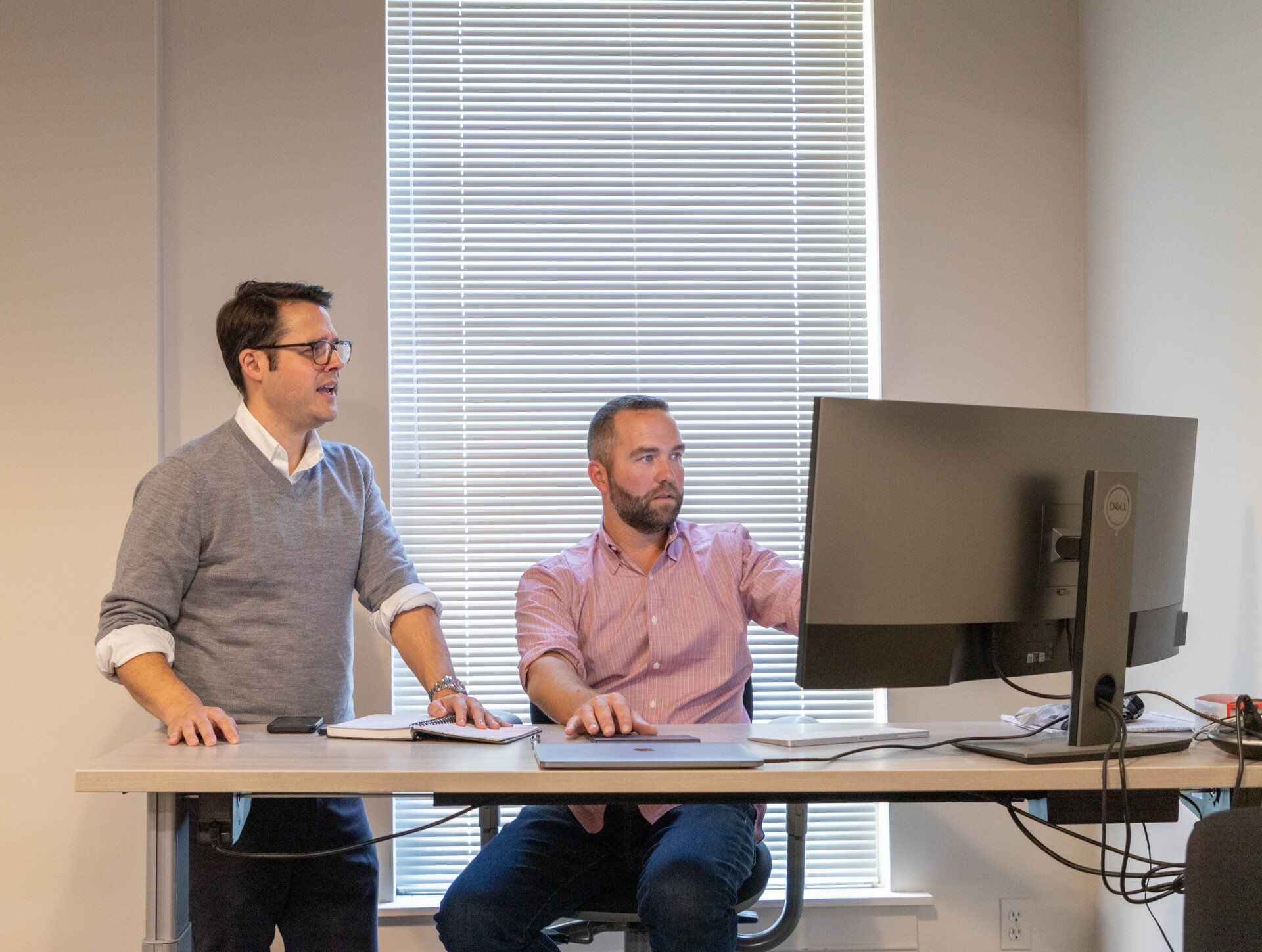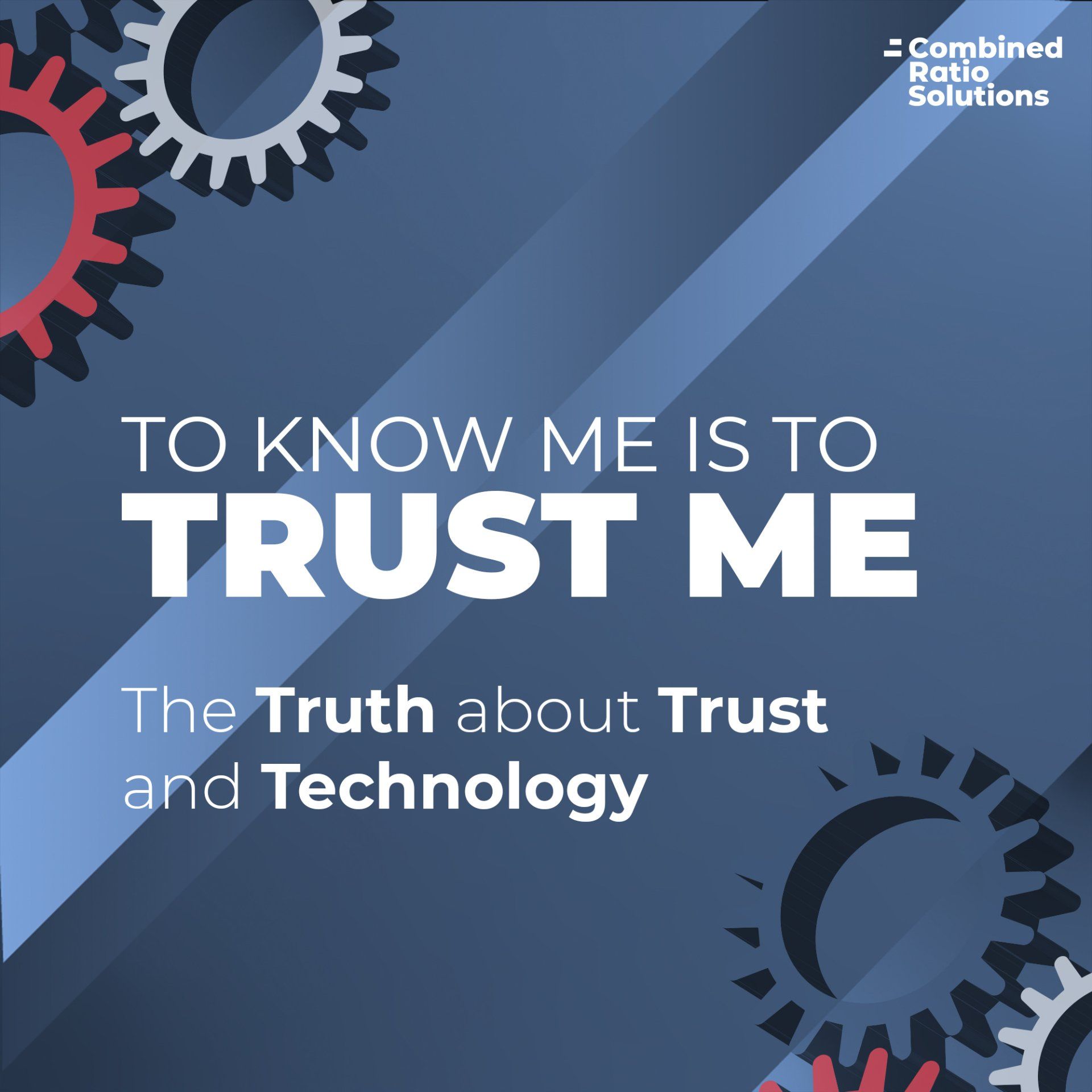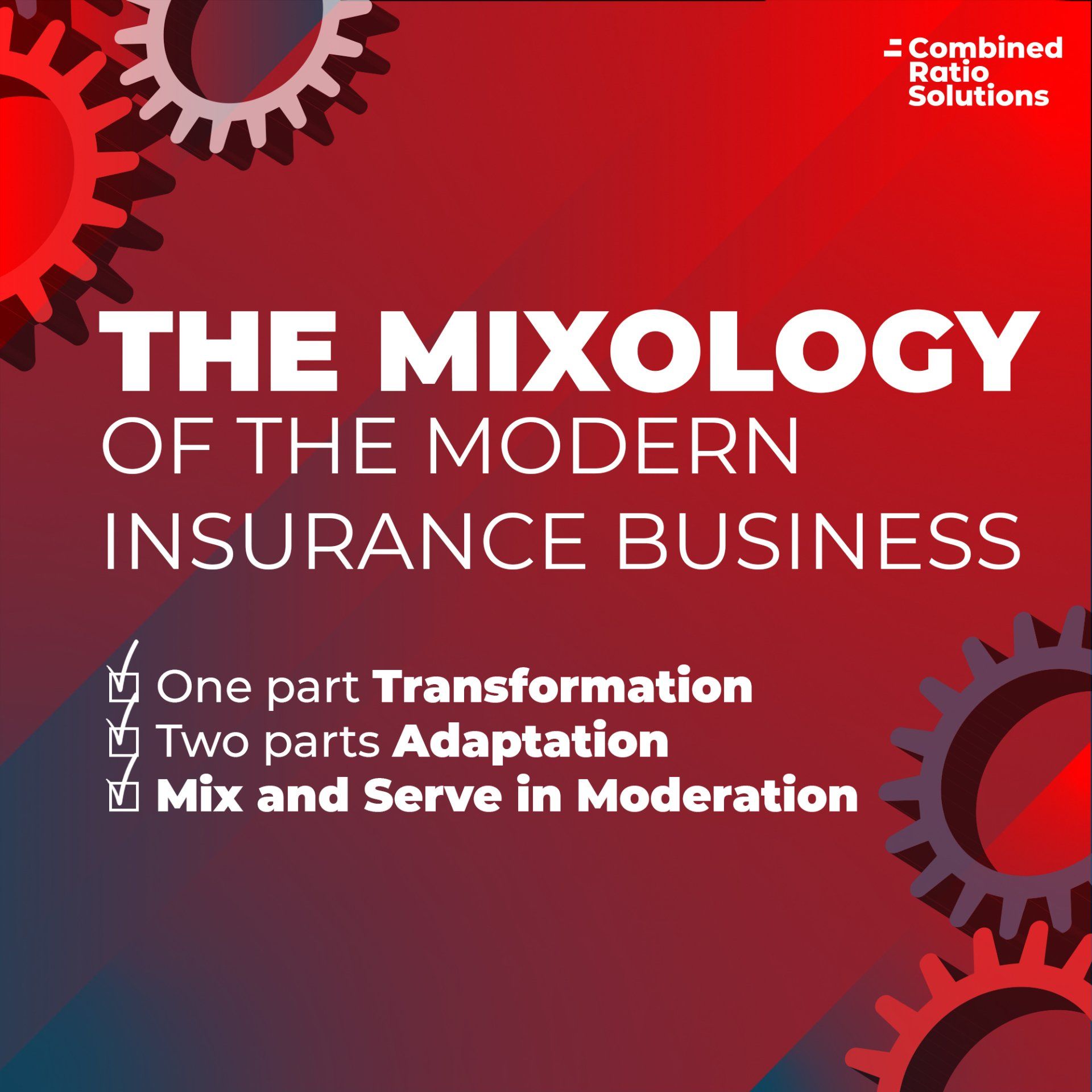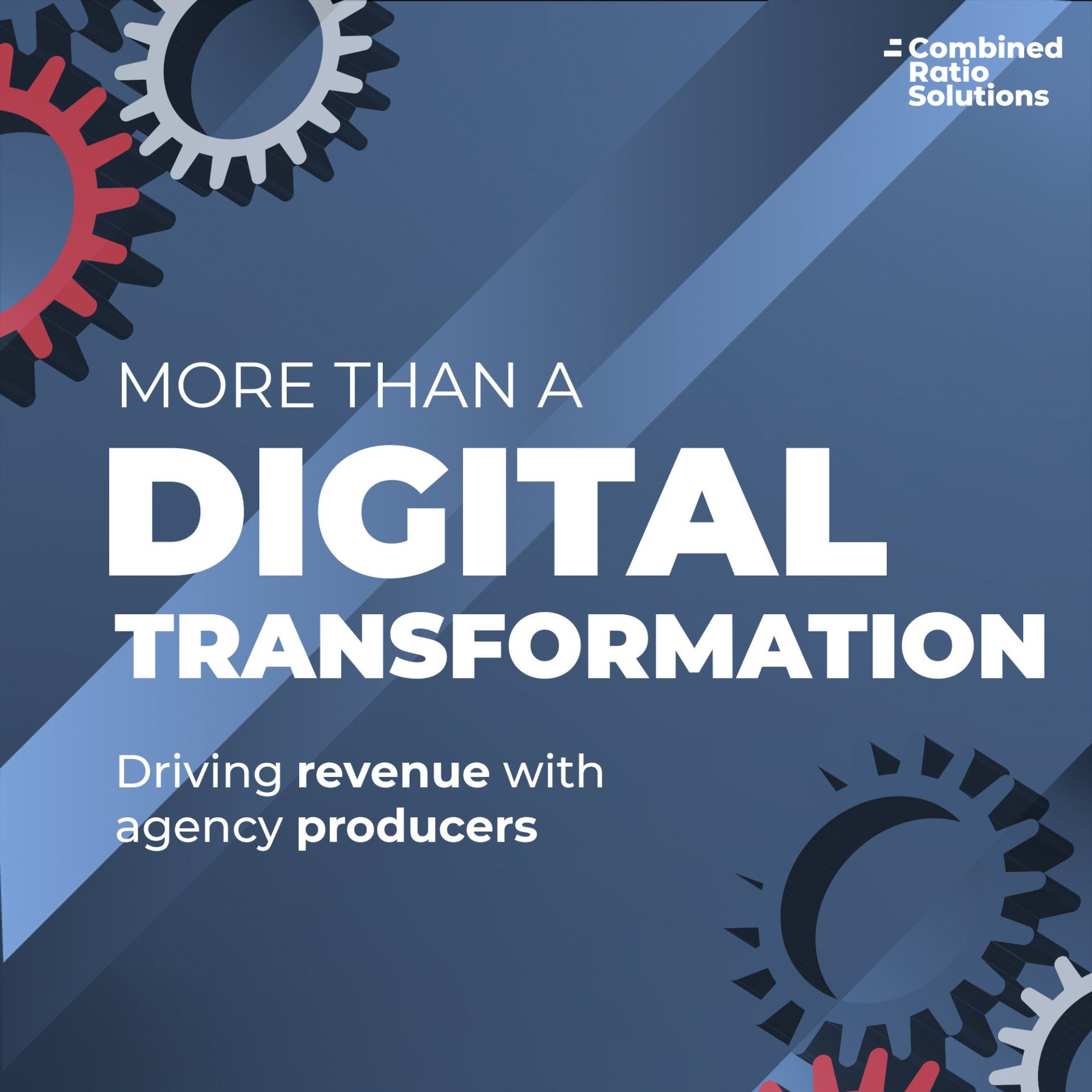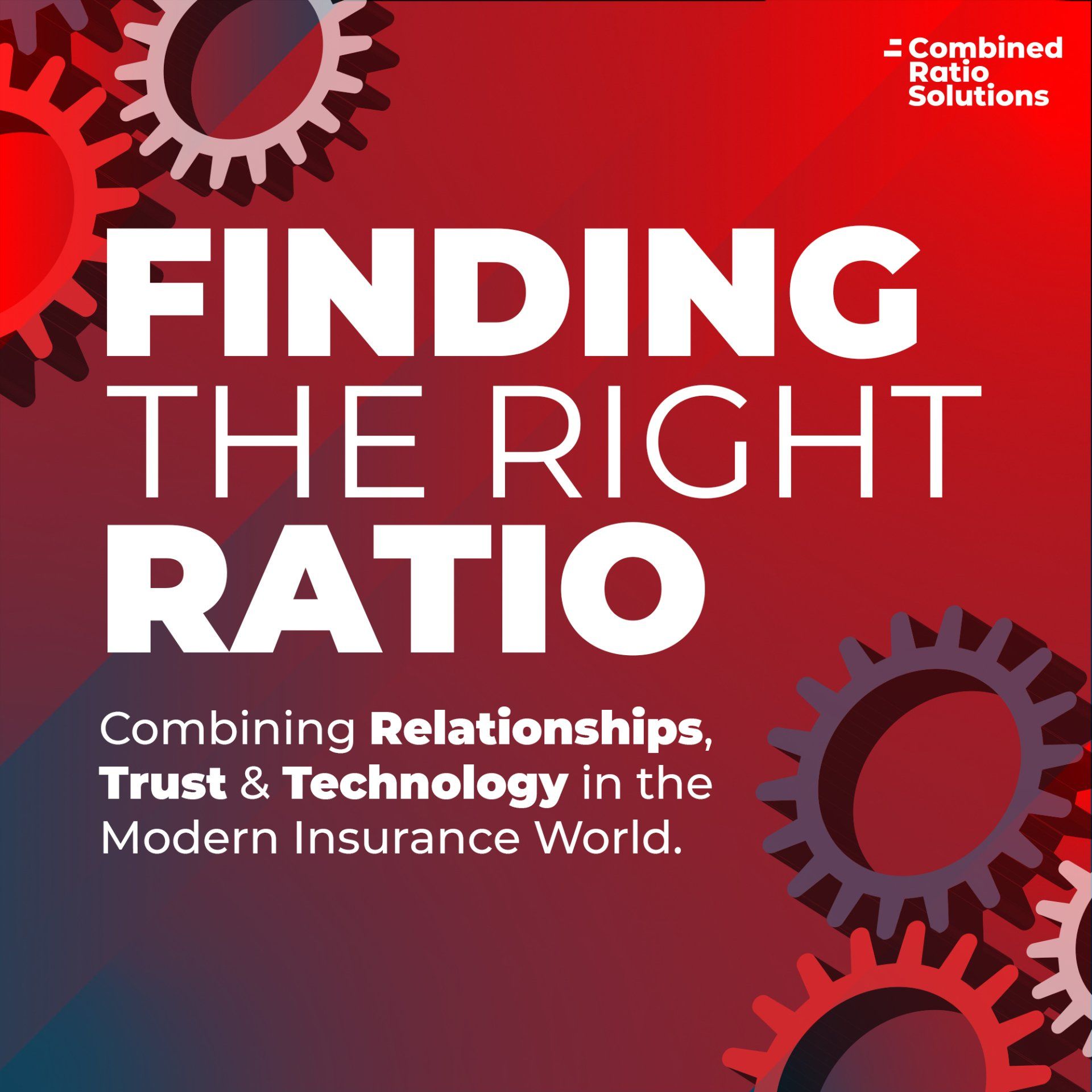What Digital Transformation, Talent Cliffs, Exotic Drinks and James Bond have Taught Us About The Most Trustworthy Way to Manage Our Agency Relationships
By Combined Ratio Solutions November 15th, 2021
It ain’t over ‘til it’s over.”
You can’t argue with American baseball legend Yogi Berra who first said this phrase about baseball's 1973 National League pennant race. It wasn’t over for Yogi, and it’s not all over for us, and it’s not the end, but it may be the end of the beginning, as a famous statesman once said (Statesmen? Sportsmen?…we’ve got the lot!)
So, what’s all over? Well, this blog series for starters, but don’t worry we’ve got plenty left to say and say it we will. You might ask “why do we feel the need to share our opinions, observations and thoughts with you?” We’ll come back to that.
Combined Ratio Solutions builds software solutions that help Carriers create and manage strong insurance-based relationships. Our six-part blog series highlighted the inability of insurers to identify their best agency producers and how to recognize what they do that makes them the best. Sales, marketing and underwriting professionals are key to you working successfully with your agents and brokers. “What” they do remains something of a mystery in many carriers. Some of that information is distributed around your existing systems. Our Agency Engagement Platform, CRS Impact help Carriers do three things:
1. Identify – give you line of sight to the best performing producers.
2. Gain Insight – into the most effective ways to manage relationships, with the right blend of digital and physical activities.
3. Improve – sales engagement consistently through the adoption of winning behaviors.
We’ve covered some ground in the last six months by examining how the modern carrier protects and grows its revenues. We’ve looked at some threats. We’ve looked over the talent cliff, and into the abyss of digital transformation - the irresistible force, as it wages war with the immoveable object; peoples’ unwillingness to accept change. We’ve discussed subjects like obsession and denial with leading insurance executives including Mike Mazzuca and the “go to” Frank Sentner. We always talk about balance and have encouraged you to look at the idea of the “Combined Ratio” in a different way. A ratio resulting from how you combine people and technology, data and relationships, tangibles and intangibles that steer the middle course enabling you to come up with the ratio that helps you succeed in your broker and agency business.
We hung some of our ideas on icons like James Bond and used themes that involved exotic cocktails. That’s our attempt to use metaphors and tell stories (with some levity and humor) to communicate our ideas through the clutter of the noise we’re all confronted with on a daily basis. These ideas reveal some of who we are (that’s us being honest again), and while it might not be everyone’s “cup of tea” we’re real people and we retain a sense of humor. We’re capable of seriousness when it’s demanded, and we enjoy the perspective (and yes – clarity) that levity and humor can provide.
Why do we feel compelled to share these opinions and observations with you? There’s a few reasons;
One is to see if you agree with us. If you do, that’s a good foundation from which to have more discussions.
Second, it goes back to idea of trust. Which is built on Ability and Character (as you will recall). Part of character is honesty and that’s what we’re being with you in this blog. We’re sharing our honest opinion on the challenges we see in how carriers manage relationships and our judgement that relationships matter, intangible skills are important, experienced professionals are leaving the business (and their knowledge is leaving with them), technology is part (but not all) of the answer, current deployed technologies (like the big CRM’s) can’t solve the problem and that a balanced approach in all these areas is what is needed.
The Combined Ratio – What Was In It For You
Before we draw a line under this blog series, let’s just remind you of those thoughts we’d had about how those ideas impact your team. The Combined Ratio was what we concluded all the blogs with, and was our way of summing it up, or breaking it down.
1. Overall, it’s about finding the right balance. In this case the combining of people and technology into the right ratios that leverage the best of technology with the trust of your word and the value of your relationship. We’re looking through the lens of what your teams actually do that makes their results consistently the best in this regard. Institutionalized “know-how” has value. Capturing it, analyzing it, and leveraging it is the challenge.
2. Codify the behaviors we identify as “moving the needle,” “making the difference,” so that as our senior relationship veterans “age-out,” or say “I’m out” and hit the ranks of the recently retired, we’re not left high and dry, but have a digital blueprint that helps their replacements manage our agency relationships at least as well as their predecessors.
3. While we clearly need technology to succeed in the last point, don’t get carried away by the Digital Transformation torrent. It’s about identifying sensible technology, thoughtfully deploying it and carefully combining it with the attributes of experience and sales and marketing “know-how” that will have the most impact. Carriers need to acknowledge the power and role of human relationships (the soft skills know-how) and figure out how to combine that with the technology side.
One of our favorite thoughts, and it was the one we used to close out the last blog which bought us full circle with Trust, Risk, and the tool we use the mitigate risk itself – insurance. “If we do find ourselves in a world so automated that we depend solely on machines and algorithms to make decisions about who we trust, that’s a world devoid of uncertainty.” Rachel Botsman – Who Can You Trust” A world devoid of uncertainty means a world without risk. No risk means I have nothing to insure. Yet, as we said previously, if we’ve established nothing else in this blog, surely it is that if we buy the definition of “trust” being “a confident relationship with the future”, isn’t that exactly what insurance does? Help us establish that confident relationship with the future making insurance a tool delivering trust. You’re not in the Insurance business (P&C or anything else), you’re in the trust business. That might not be news to some of you, but you’ll need to keep the idea front and center especially in a world (as we reminded you previously), where trust has been shaken more vigorously than that vodka-martini. Cheers!
